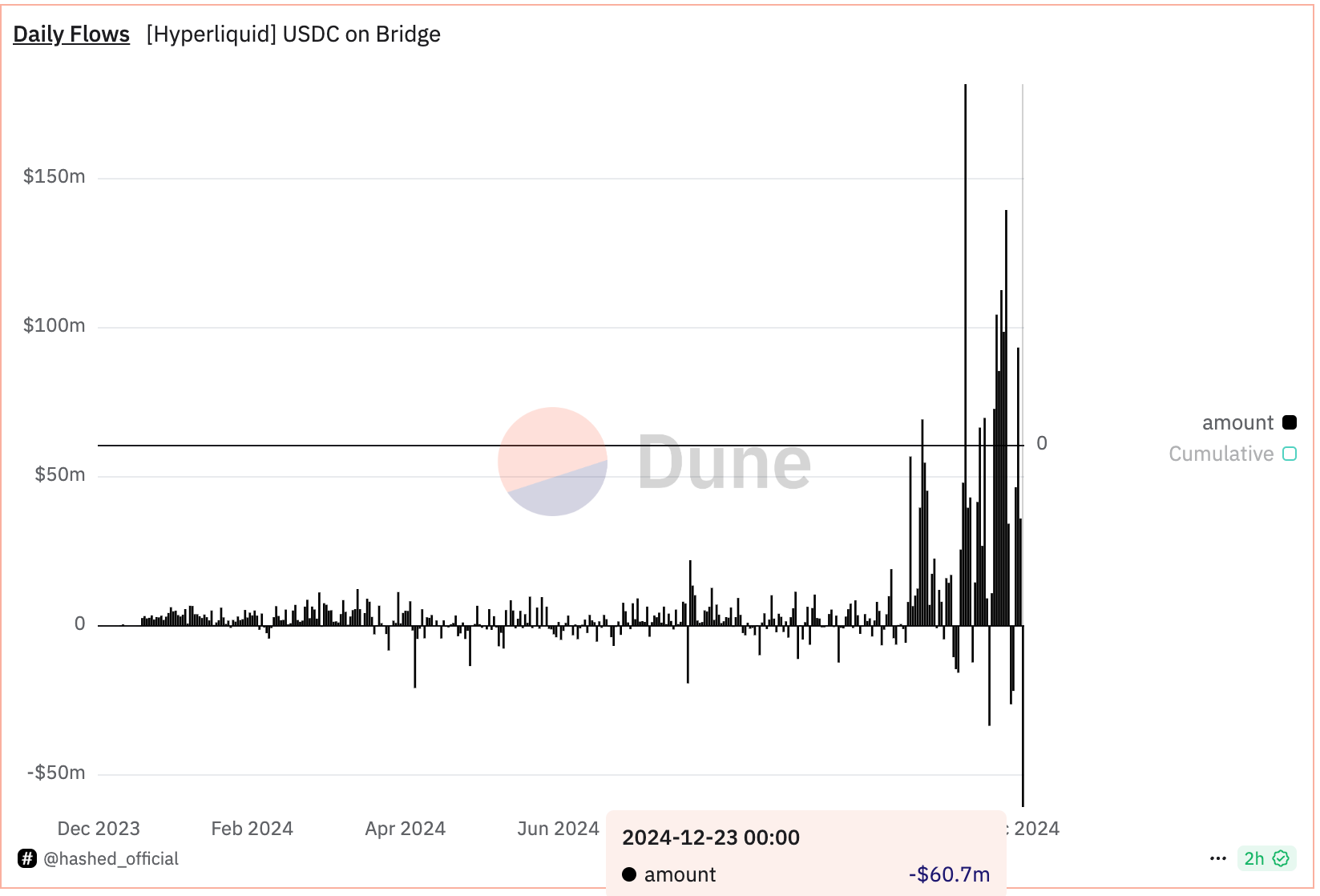Bitwise’s Europe Head of Research Warns of Further Losses in Bitcoin Following Recent Dip
Inflation Following the 1970s Model?
The so-called hawkish rate projections also roiled sentiment in traditional markets, leading to a 2% drop in the S&P 500 and a 0.8% gain in the dollar index, lifting it to the highest since October 2022. The yield on the 10-year Treasury note, the so-called risk-free rate, rose 14 basis points, breaking out bullishly from a technical pattern.
The risk-off mood may persist for some time, according to Andre Dragosch, director and head of research Europe at Bitwise.
“The big macro picture is that the Fed is stuck between a rock and a hard place as financial conditions have continued to tighten despite 3 consecutive rate cuts since September. Meanwhile, real-time measures of consumer price inflation have re-accelerated over the past months to new highs as well judging by truflation’s indicator for U.S. inflation,” Dragosch told CoinDesk.
Dragosch is one of the few observers who correctly predicted a massive BTC price rally in late July when the sentiment was hardly bullish. BTC put in lows near $50,000 around that time and recently topped $100,000 for the first time on record.
“So, it’s quite likely that we will see more pain in the coming weeks, but this could be an interesting buying opportunity given the ongoing tailwinds provided by the BTC supply deficit,” Dragosch added.
A Potential Second Wave of Inflation?
If you have been following financial markets for a while, you have likely encountered discussions that price pressures in the U.S. economy are on the same inflation rollercoaster ride as the 1970s. Back then, the second wave was more intense than the first.
Dragosch notes that the sticky CPI inflation readings in recent months have raised concerns at the Fed about a potential second wave, leading to a more cautious stance on rate cuts.
“They are probably scared of the double hump scenario and a revival of the 70s twin peak in inflation which is why they are probably too reluctant to cut rates more aggressively,” Dragosch said. “They risk a significant acceleration in inflation if they cut rates aggressively, if they do little, the economy may suffer.”
Conclusion
Dragosch’s cautionary warning on bitcoin and inflation highlights the complexities and challenges faced by the global economy. As the Federal Reserve navigates the uncertain economic landscape, investors are likely to remain cautious and look for opportunities to capitalize on potential market fluctuations.
FAQs
Q: What caused the recent dip in bitcoin prices?
A: The recent dip in bitcoin prices was caused by a combination of factors, including the Federal Reserve’s signaling of fewer rate cuts and the hawkish tone on inflation.
Q: What is the potential outlook for bitcoin prices?
A: According to Andre Dragosch, the potential outlook for bitcoin prices is uncertain and could be influenced by various market and economic factors, including the supply deficit and ongoing tailwinds.
Q: What is the significance of the 1970s inflation model in the current economic landscape?
A: The 1970s inflation model is significant in the current economic landscape because it highlights the potential for a second wave of inflation and the challenges faced by policymakers in managing price pressures.
Q: How can investors navigate the uncertain economic landscape?
A: Investors can navigate the uncertain economic landscape by being cautious, diversifying their portfolios, and looking for opportunities to capitalize on potential market fluctuations.
Q: What is the significance of the Federal Reserve’s stance on rate cuts?
A: The Federal Reserve’s stance on rate cuts is significant because it can influence market sentiment and the overall direction of the economy.
Q: What is the impact of the supply deficit on bitcoin prices?
A: The supply deficit has a positive impact on bitcoin prices, as it creates a bullish trend and provides a potential catalyst for further price increases.










